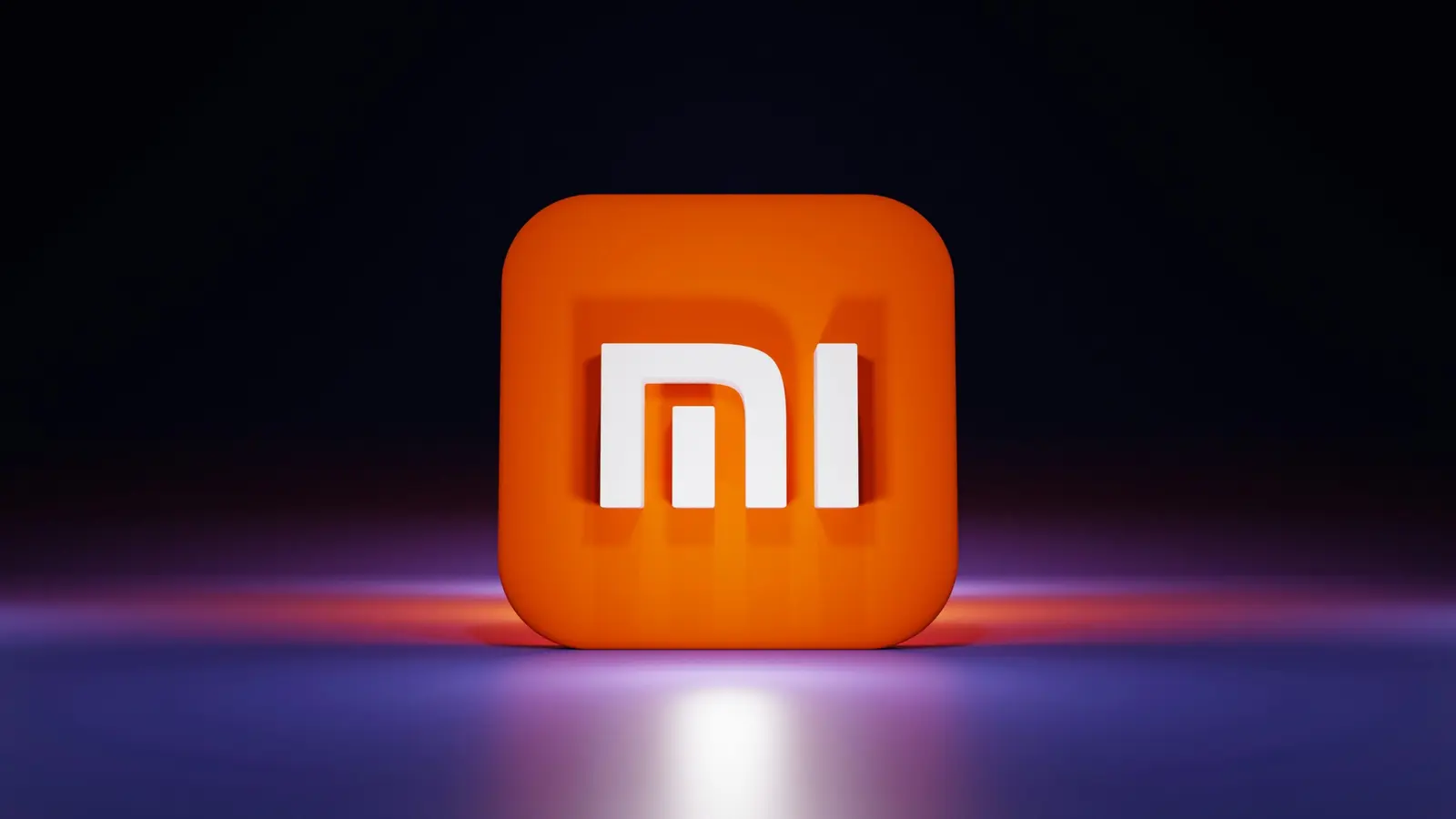3 Minutes
After a four-year hiatus, Xiaomi has quietly reintroduced a secondary rear display — but this time it’s built to stay. The Xiaomi 17 Pro and 17 Pro Max bring a polished 2.1-inch screen back to the camera module, and the company says this is just the beginning.
Why the back display matters now
Smartphone makers have experimented with rear screens before, but early attempts often felt like gimmicks. Xiaomi’s latest move is different: the company has invested heavily in R&D and polished both hardware and software until the back display performs like a proper companion to the main panel. Imagine previewing a photo, answering a call, or showing a boarding pass without flipping the phone — all from a tiny, high-quality panel built into the camera island.
Tech specs and serious investment
Lu Weibing, Xiaomi’s president, confirmed in a livestream that the new dual-display layout will become a recurring design choice for future phones. Xiaomi has reportedly spent more than one billion yuan developing the back-screen technology. The result is a 2.1-inch AMOLED panel with 120Hz LTPO refresh, HDR support, Dragon Crystal glass protection and an eye-catching 3,500-nit peak brightness — a spec sheet that challenges many main displays on the market.
Real-world uses beyond aesthetics
The rear screen on the Xiaomi 17 Pro family is not just decorative. It supports notifications, call handling, live photo previews and dynamic AI-powered wallpapers. Everyday utilities like order codes, tickets and travel reminders also live on the small display, making it genuinely useful instead of merely ornamental. Lu Weibing also said Xiaomi will roll out a real-time translation feature for the rear screen by the end of October, with new features arriving monthly.
Sales, growth and market response
Consumers appear to agree with Xiaomi’s gamble. The 17 series smashed Chinese market sales records in 2025: initial sales milestones were hit within minutes, the Pro Max set a new single-day sales record for Chinese phones, and overall series sales jumped 20% versus the previous generation. Pro models sold three times more than before, suggesting the second display helped sway buyers toward higher-tier devices.
What's next for Xiaomi’s dual-screen push?
With strong early demand and a major R&D commitment, Xiaomi is signaling this is not a one-off experiment. Expect incremental software improvements and more polished integrations that make the rear display a functional part of daily smartphone life. Whether other manufacturers follow suit will depend on how Xiaomi continues to evolve both the hardware and the software hooks that make that little screen truly useful.
In short: the rear display has returned, but this time Xiaomi is betting on depth, not novelty. And that bet is already paying off.


Leave a Comment